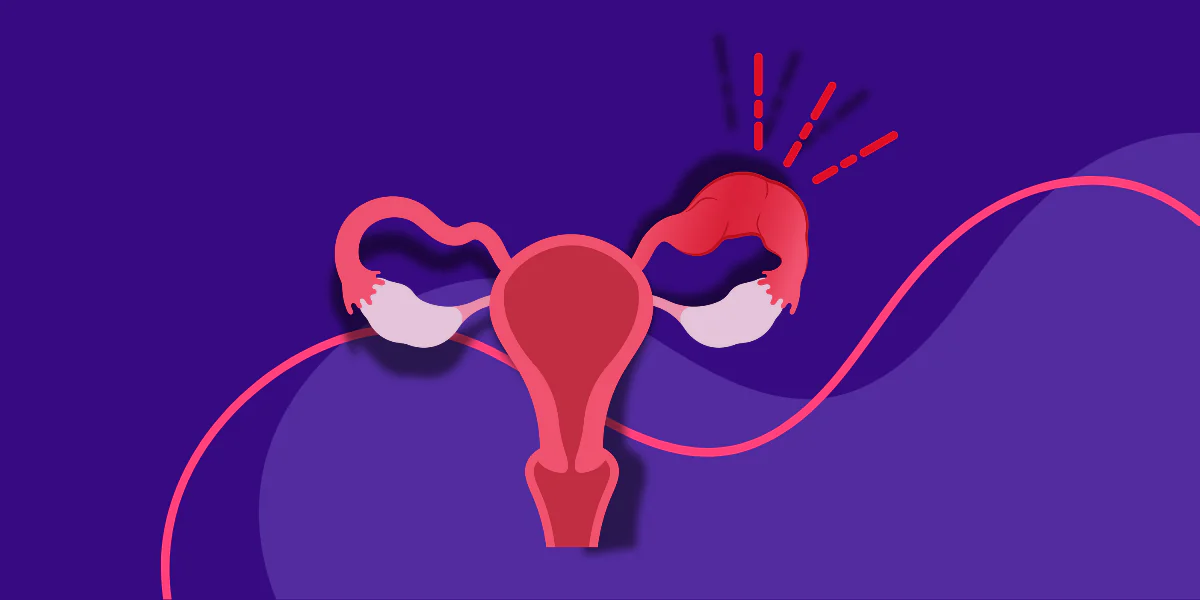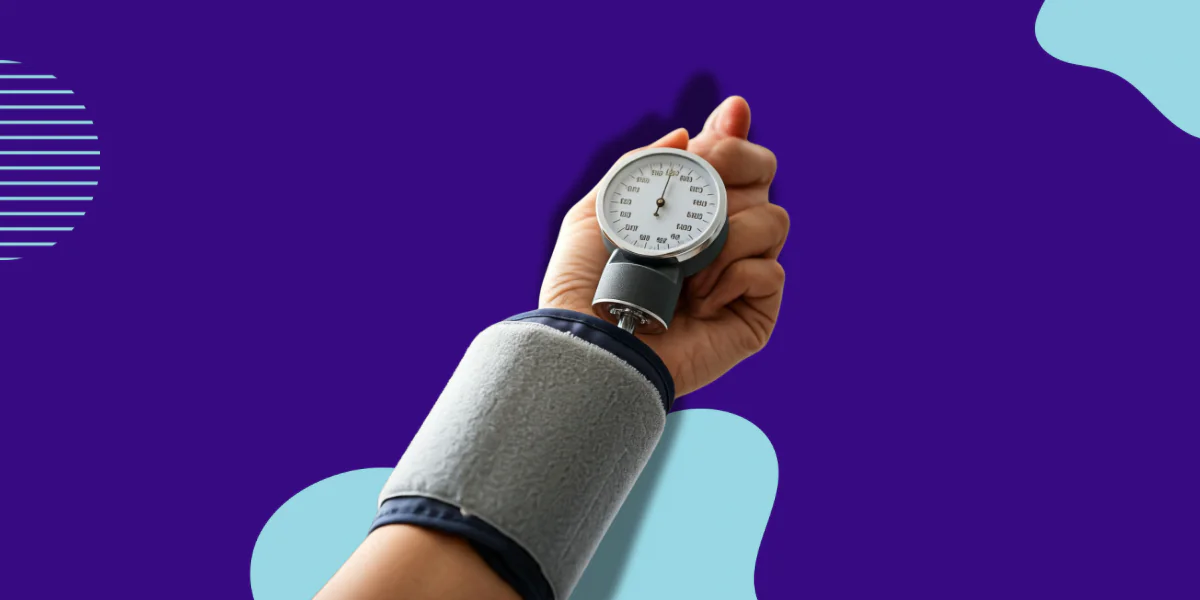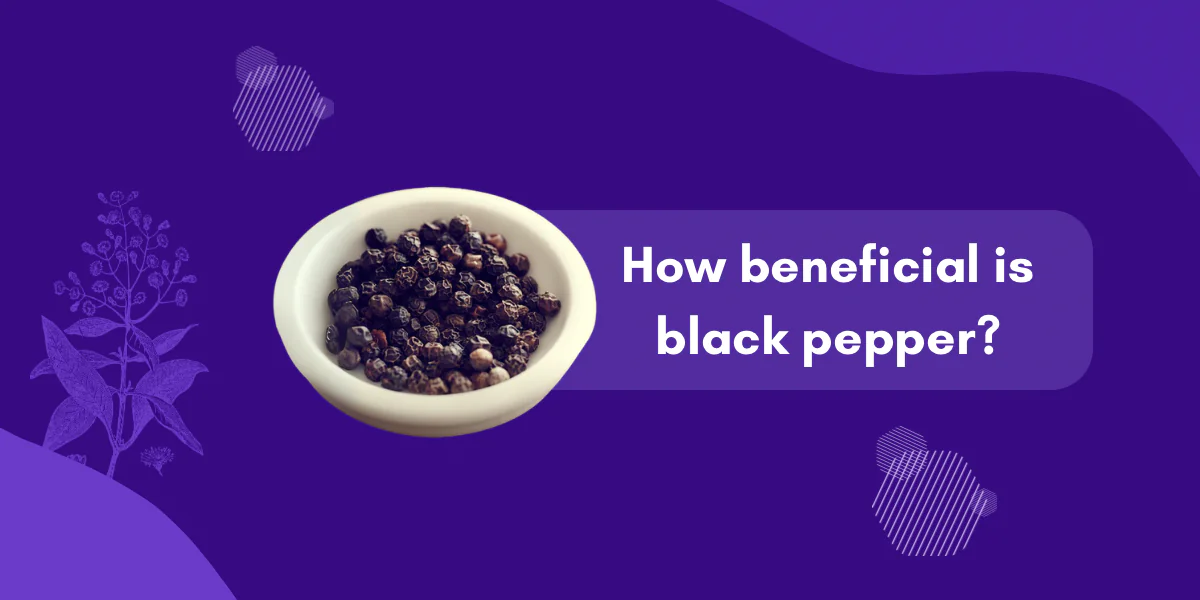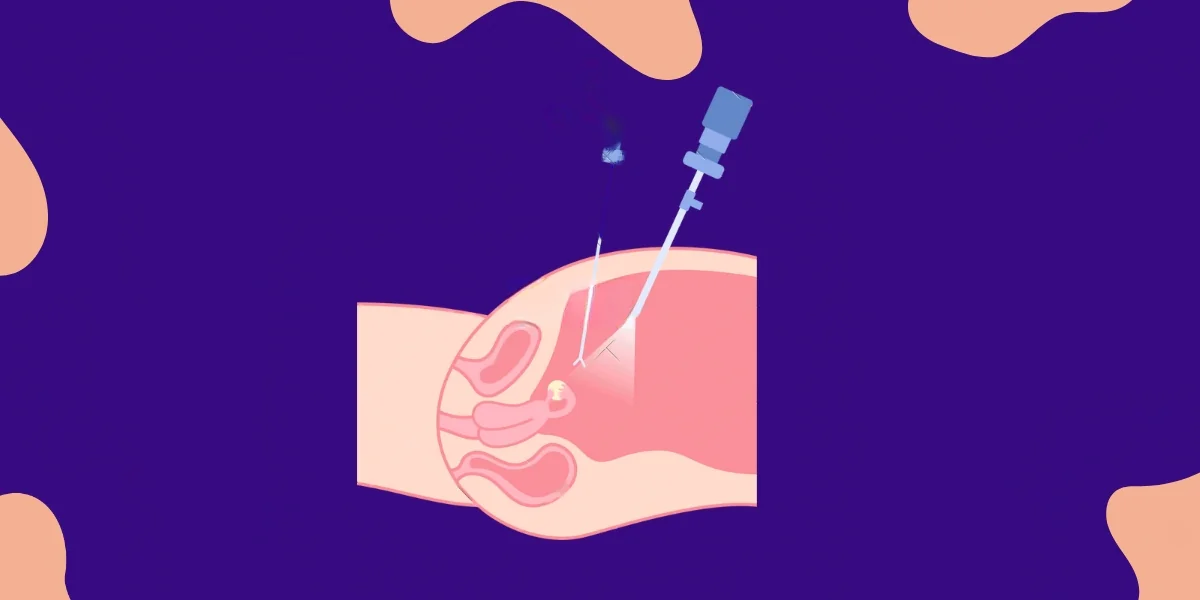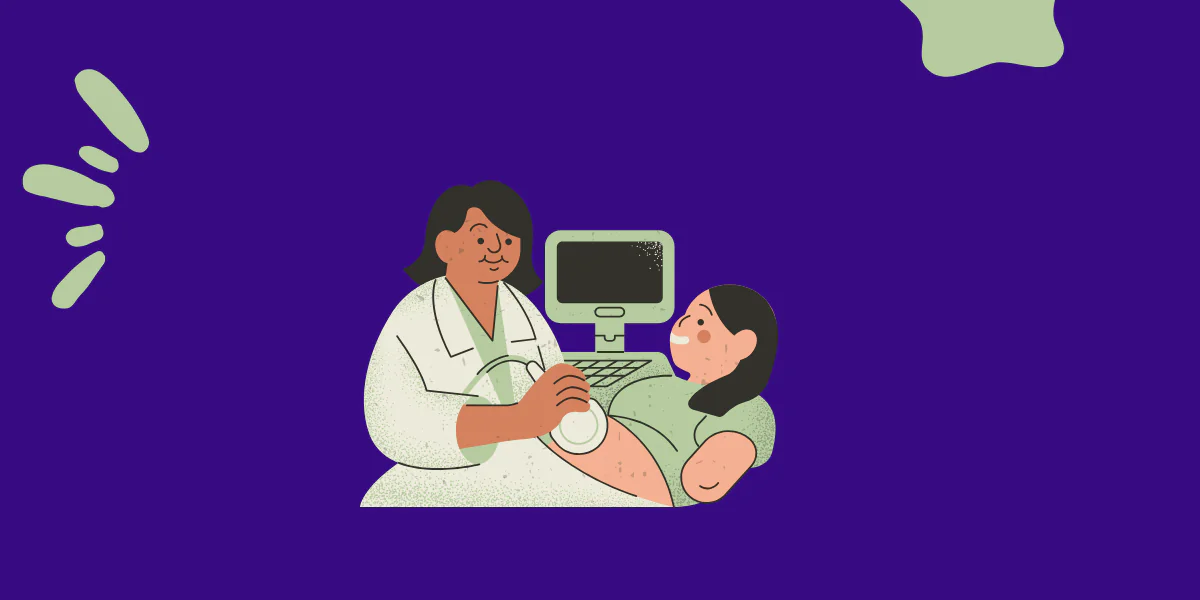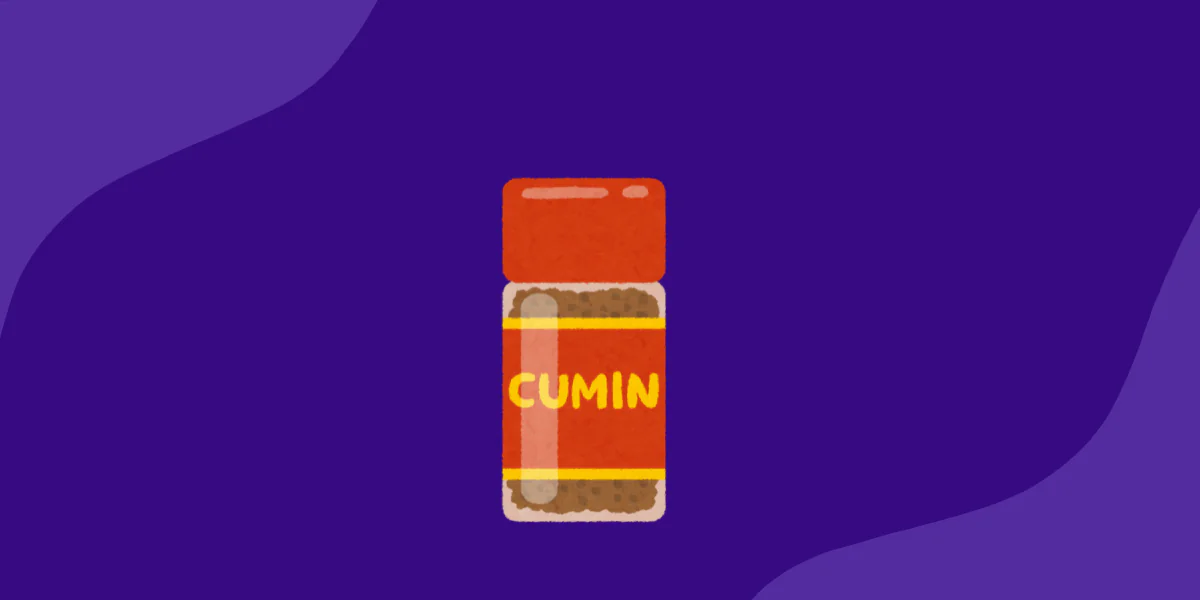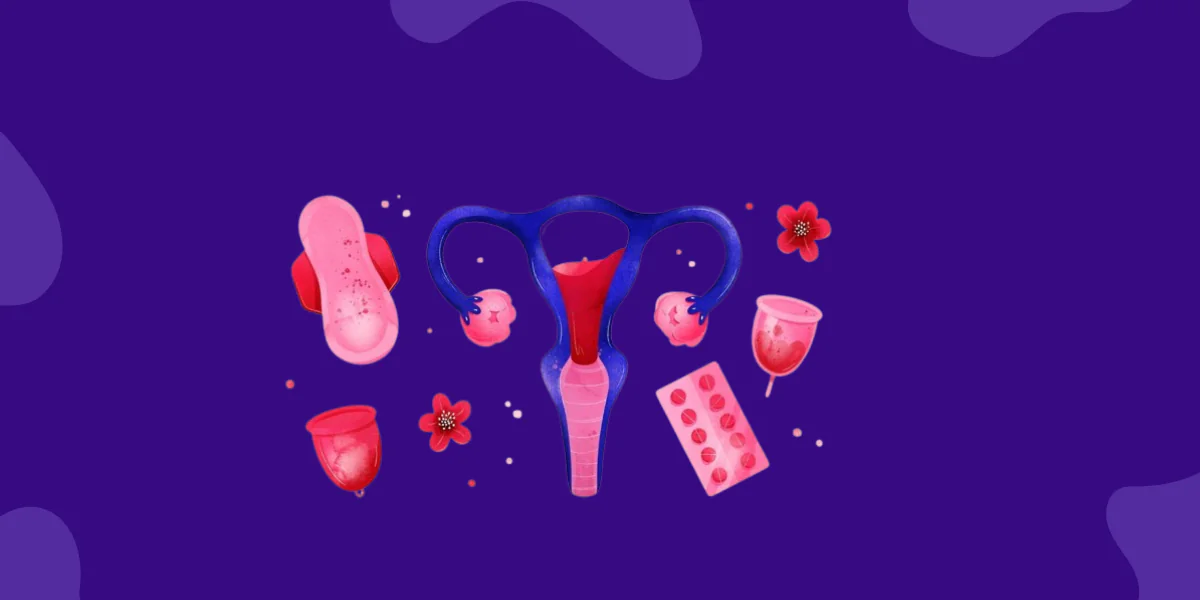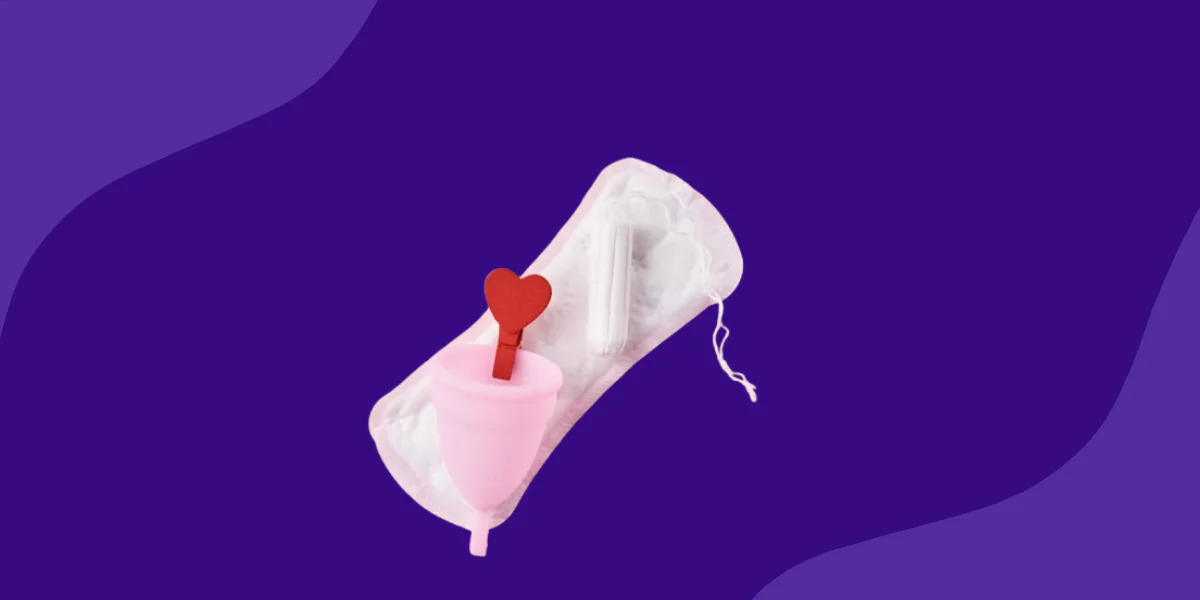PCOD, or Polycystic Ovarian Disease, is a hormonal condition that affects millions of women in India. It’s linked to irregular periods, weight gain, excessive hair growth, and acne, all of which result from an imbalance in hormone levels. One effective way to manage PCOD symptoms is through a carefully structured diet that promotes hormonal balance and supports weight loss. Here’s an essential PCOD diet plan that can help you regain control over your health.
1. Start Your Day with Warm Lemon Water
Drinking warm lemon water in the morning can help flush out toxins, improve digestion, and balance pH levels in the body. Lemon is rich in Vitamin C, an antioxidant that supports the immune system and skin health. For women with PCOD, this habit can improve metabolism and aid in weight loss. To prepare, squeeze half a lemon into a glass of warm water and drink it on an empty stomach every morning.
2. Incorporate Complex Carbohydrates in Every Meal
Carbohydrates are essential, but choosing the right type is crucial for women with PCOD. Complex carbs, found in foods like whole grains, oats, brown rice, and quinoa, are digested slowly, leading to stable blood sugar levels. Stable blood sugar is key for managing insulin resistance, a common issue in PCOD. Complex carbs also help you feel fuller for longer, reducing cravings and supporting weight loss.
3. Opt for Low-Glycemic-Index (GI) Foods
A PCOD diet should focus on low-GI foods, as they release sugar slowly into the bloodstream, preventing insulin spikes. Low-GI foods include leafy greens, sweet potatoes, apples, berries, and legumes. Including these in your meals can help improve insulin sensitivity, which is often impaired in PCOD. By avoiding high-GI foods, you reduce the risk of sudden sugar crashes, which can lead to overeating and energy dips.
4. Prioritize Protein in Every Meal
Protein helps regulate blood sugar levels, boosts metabolism, and promotes muscle maintenance, all of which are beneficial for women with PCOD. Add sources of lean protein such as eggs, fish, chicken, and plant-based options like beans, lentils, and chickpeas. Protein keeps you feeling full, which reduces unhealthy snacking and supports weight loss efforts. Include a source of protein in every meal for balanced nutrition and hormone support.
5. Include Healthy Fats to Regulate Hormones
Not all fats are bad, and some are essential for hormone production. Healthy fats, like omega-3 and omega-6 fatty acids, play a key role in reducing inflammation, balancing hormones, and managing PCOD symptoms. Add sources of healthy fats such as avocados, nuts, seeds, and olive oil to your diet. These fats support the body’s hormonal balance and can reduce PCOD symptoms like acne and weight gain.
6. Add Fiber-Rich Foods to Control Appetite and Improve Digestion
Fiber is essential for women with PCOD as it helps control blood sugar levels, improves digestion, and promotes a feeling of fullness. Eating fiber-rich foods like leafy greens, broccoli, flaxseeds, chia seeds, and whole grains can keep you satisfied, which prevents overeating. Fiber also helps the body eliminate excess estrogen, a hormone that can exacerbate PCOD symptoms when present in high amounts.

7. Snack on Nuts and Seeds for Hormonal Health
Nuts and seeds are nutrient powerhouses that support hormonal balance. Almonds, walnuts, flaxseeds, and sunflower seeds contain healthy fats, fiber, and magnesium, which play a role in regulating blood sugar and reducing inflammation. Flaxseeds and chia seeds are particularly beneficial as they contain lignans, compounds that balance estrogen levels. Include a small portion of nuts and seeds in your diet as a snack or add them to smoothies and salads.
8. Choose Anti-Inflammatory Foods to Reduce PCOD Symptoms
Inflammation is common in women with PCOD and can worsen symptoms. Anti-inflammatory foods like turmeric, ginger, leafy greens, and tomatoes help reduce inflammation naturally. Add turmeric to your cooking, use ginger in teas, and include a variety of colorful vegetables in your meals. These foods not only manage inflammation but also support immune health and overall wellness.
9. Limit Sugar and Refined Carbs
Sugary and refined foods like white bread, pastries, and sodas can cause blood sugar spikes and worsen insulin resistance, a core issue in PCOD. High sugar intake is linked to weight gain and increased inflammation, making symptoms like acne and mood swings more severe. Instead, opt for natural sweeteners like stevia or limit your sugar intake to whole fruits. By reducing sugar and refined carbs, you improve insulin sensitivity and support weight loss.
10. Stay Hydrated with Water and Herbal Teas
Hydration is vital for overall health and can help reduce water retention, a common issue for women with PCOD. Drinking plenty of water supports digestion, skin health, and hormonal balance. Herbal teas like spearmint and chamomile can also be beneficial. Spearmint tea has been shown to reduce testosterone levels, which may help manage PCOD symptoms like hirsutism. Aim for 2-3 liters of water daily, along with herbal teas for added benefits.
11. Limit Dairy and Processed Foods
Some studies suggest that dairy can impact insulin levels and may exacerbate PCOD symptoms for some women. Processed foods are often high in unhealthy fats, sugars, and additives that increase inflammation. While dairy may not need to be eliminated entirely, try reducing intake to see if symptoms improve. Replace cow’s milk with almond or coconut milk, and focus on whole, unprocessed foods to support hormonal health.
12. Include Iron-Rich Foods to Prevent Deficiency
Women with PCOD are often at risk of iron deficiency, particularly if they experience heavy periods. Iron is essential for energy and overall health. Include iron-rich foods like spinach, beans, lentils, and lean meats in your diet. For better absorption, pair these foods with Vitamin C sources like lemon or oranges. Maintaining adequate iron levels can improve energy, mood, and reduce fatigue associated with PCOD.
13. Add Magnesium-Rich Foods for Stress and Hormone Support
Stress management is crucial for PCOD as stress hormones can worsen symptoms. Magnesium is a calming mineral that helps manage stress, improve sleep, and support hormonal balance. Foods like pumpkin seeds, dark chocolate, leafy greens, and bananas are rich in magnesium and can help alleviate PCOD symptoms. Try adding these foods to your evening meal to support relaxation and reduce stress levels.
14. Maintain a Regular Eating Schedule
Keeping a consistent eating schedule is essential for managing PCOD, as it helps regulate insulin levels and reduces cravings. Skipping meals can lead to blood sugar imbalances, triggering cravings and overeating later. Aim to eat balanced meals and snacks every 3-4 hours to keep energy levels stable. A regular eating schedule can also help manage weight and improve digestion, which is crucial for women with PCOD.
15. Monitor and Adjust Portions to Support Weight Loss
Portion control plays an essential role in managing PCOD, especially if weight loss is a goal. Large portions can lead to excess calorie intake, impacting weight and hormone balance. Try using smaller plates and being mindful of portion sizes, especially for high-calorie foods. Eating slowly and stopping when you feel full can also aid in weight management, helping you feel more in control of your diet.
Key Takeaways for a PCOD Diet Plan
A balanced diet can significantly impact PCOD symptoms, improving hormone balance, weight management, and overall health. Focus on including complex carbs, lean protein, healthy fats, and fiber in every meal. Avoid sugar, refined carbs, and processed foods as much as possible, as these can worsen insulin resistance and weight gain. Remember to stay hydrated, manage stress, and prioritize foods that support hormonal balance and reduce inflammation. With consistency and the right food choices, a PCOD diet can lead to noticeable improvements in both health and well-being.
Read Also: Struggling with PCOD? Here Are 10 Foods You Must Avoid
Medical Disclaimer: This article is for informational purposes only and is not a substitute for professional medical advice. Always consult with a healthcare provider for personalized recommendations.





